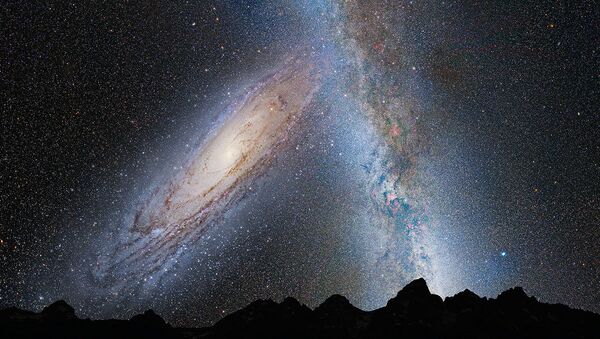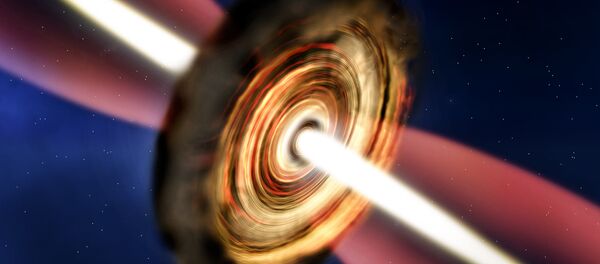“The movement of stars will always show how much matter is contained in the galaxy. They are indifferent to whether the matter is visible or ‘dark.’ They just tell scientists that the matter is present in the galaxy. Here, the stars move fast, and their movement has discovered a huge loss – the mass of stars is considerably lighter than the mass of the entire galaxy,” announced Pieter van Dokkum, professor at Yale University, United States.
Astronomers were able to detect about fifty small and deserted galaxies in the constellation Coma Berenices, the existence and survival of which is extremely difficult to explain using current astronomical theories.
According to scientists’ explanation, these objects contain approximately the same number of stars as the “dwarf” galaxies, but occupy a hundred times more space.
Accordingly, normal elliptical galaxies look hundred times brighter than the findings of van Dokkum and his colleagues.
In May 2016, astrophysics discovered that these galaxies are held together by giant clusters of dark matter that prevent the stars from scattering.
The first dark galaxy, Dragonfly 44, has been van Dokkum’s long-time search goal.
“This discovery is a great gift for scientists, who study dark matter,” said van Dokkum. “There are no additional objects in it such as stars or gas. It is mostly composed out of pure dark matter.
Hawaii astronomers discovered that the movement of stars in these clusters moves faster than expected.
By comparing the stars’ speed with the mass of Dragonfly 44, van Dokkum’s team found out that this “family” of stars is made up of 99.99 per cent dark matter. This result explains how such galaxies can exist next to large clusters of galaxies.






